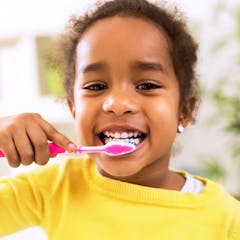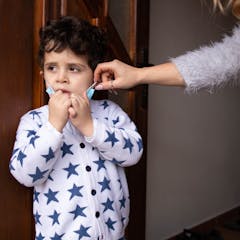
Articles on Early years
Displaying 1 - 20 of 52 articles

I worked with Sure Start and saw the good it brought to communities.

Children are bearing the brunt of austerity. From obesity to infant mortality, child health is affected by sustained under-investment. What can be done to reverse the decline?

Tooth decay is the most common reason why young children aged from five to ten are admitted to hospital.

The advantages and disadvantages of summer-born children entering school outside their peer group.

Nutrition for kids is key to achieving economic development.

Accessing “knowledge-rich” content assumes language and literacy competencies that take time for children to develop. Childhood cannot be rushed.

Particularly after the devastation of COVID-19, evidence is mounting for the economic argument of reinvesting in high-quality early childhood education.

Developmental language disorder affects more than seven per cent of children, yet is not well known. If your child struggles in school, social interactions or reading, the underlying issue may be DLD.

The pandemic response has put the long-term health and well-being of children and adolescents at risk, with the possibility of seismic shifts in population health if we do not act.

When young children are active, their brains and bodies develop the ABCs of “physical literacy,” a key developmental foundation. A new program from University of Winnipeg can help.

Math is not primarily about numbers, but about thinking. It all begins with parent-child conversations about mathematical ideas.

Student assessments help children develop self-regulation skills, but teachers don’t have the time when class sizes are large.

Kids in the UK grow up with some of the highest levels of educational inequality.

Children aged three to five don’t need to do formal academic assignments in early childhood education to hit their milestones.

Sure Start centres are shutting or becoming ‘hubs’, but will they still provide the services which local families value and need?

Childhood adversity doesn’t just affect our choices – according to new research, it also weakens the body’s fundamental ability to stay healthy in old age.

Bedtime stories can be comforting, chilling and mysterious, but new research highlights how emotions change depending on how children are doing it.

Parents are sending their children to private pre-school programs as a way to ensure they are ready to start school. But are these effective?

If children aren’t sufficiently coordinated, it could affect their ability to learn.

To combat childhood obesity, we need to start from day one.





